Bachu is located at the southern foothills of Tianshan Mountains, on the northwest edge of the Tarim Basin and the Taklamakan Desert. It is known as the “eastern gateway” to Kashgar Prefecture in Xinjiang. In history, Bachu was an important post station on the Silk Road, and it is home to the ancient city of Qiuci and beacon tower ruins from the Tang Dynasty. These relics are considered a “museum” and “living fossil” of the Silk Road.


Bachu’s unique geographical location and abundant natural resources have nurtured its diverse multi-ethnic cultural characteristics. However, the strong sunlight has also led to a high incidence of eye diseases, such as cataracts, in the region. With the continuous development of the economy and the improvement of people’s living standards, the demand for medical services in Bachu County and surrounding areas has also increased. However, there is still a phenomenon of a large number of ophthalmic patients and relatively weak ophthalmic capabilities.
Since 2012, Shanghai has launched the “three reductions and one improvement” public health assistance project in four counties, including Bachu, in the Kashgar region of Xinjiang where it supports. The project aims to reduce maternal mortality, infant mortality, and infectious disease incidence while improving residents’ life expectancy. High-quality medical and health experts were sent to assist with local infrastructure construction and equipment preparation, as well as strengthening the medical talent team building, which has achieved significant results.


As the “three reductions and one improvement” aid to Xinjiang work continues to deepen, targeted efforts to fill the disciplinary gaps in southern Xinjiang’s medical care and improve specialty levels have become a focus of medical aid to Xinjiang projects. Emerging technologies such as artificial intelligence and 5G have become important means of bridging the “last mile” of medical aid to Xinjiang and pushing the “healthcare aid to Xinjiang” towards grassroots expansion. The Bachu County People’s Hospital is a medical institution built by Shanghai’s Jing’an District to aid Kashgar Prefecture. Director Chen Jili of Shanghai Jing’an North District Hospital, who is at the forefront of clinical application of eye AI in China, has partnered with Big Vision Medical to build an “AI-assisted diagnosis center for multimodal eye imaging,” and has extensively collaborated on the practical application of multimodal eye AI at the grassroots level. After conducting a survey on the eye diseases in Bachu County, Director Chen Jili actively promoted the use of Big Vision Medical’s AI-assisted retinal diagnosis system to serve the local population. In December 2022, Big Vision Medical’s fully automatic AI OCT BV1000 was successfully installed at the Bachu County People’s Hospital.
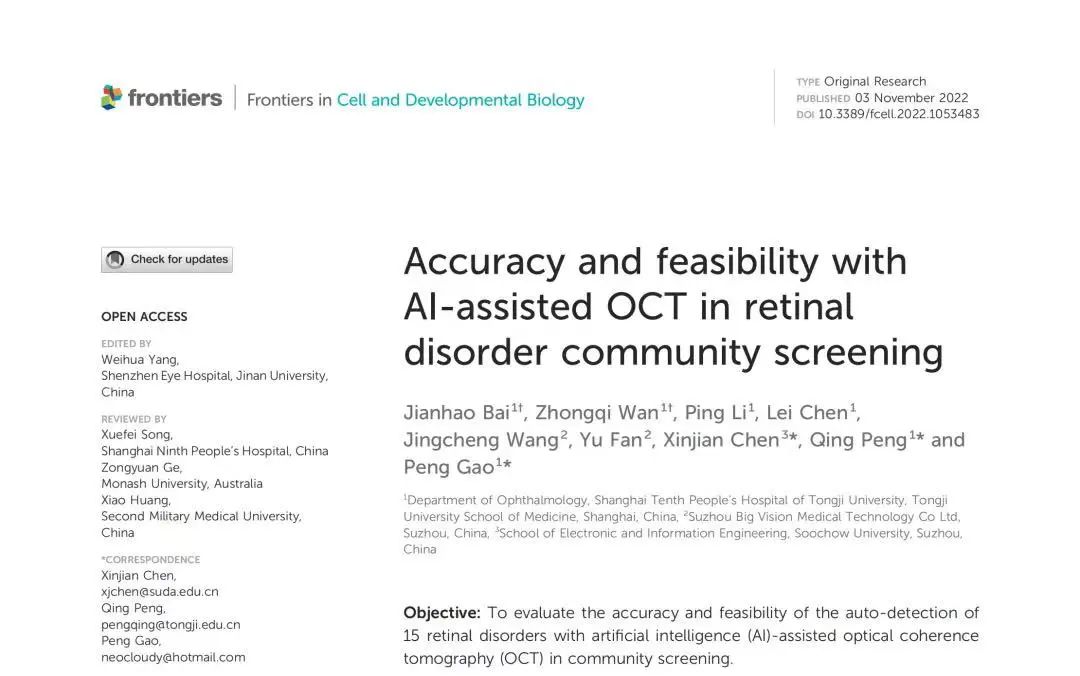
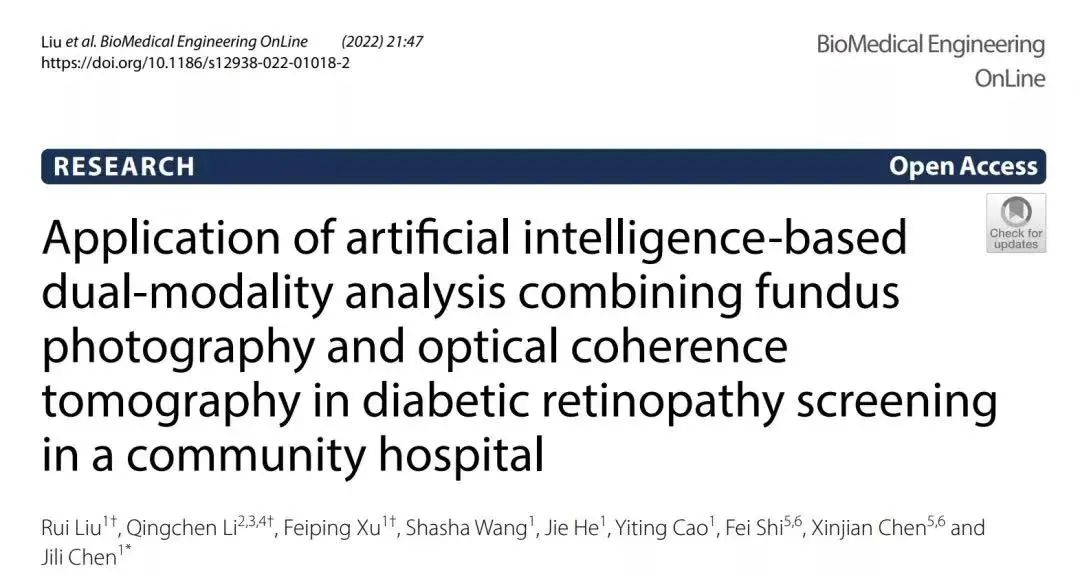
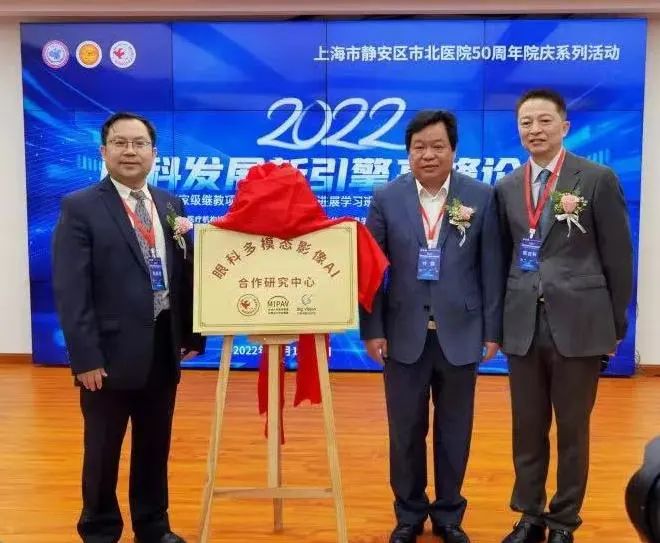
Since its launch, Big Vision’s fully automatic AI OCT has played an increasingly important role in improving the diagnosis and treatment capabilities of grassroots ophthalmology in remote border areas where medical resources are severely lacking, thanks to its powerful AI-assisted diagnostic capabilities, user-friendly and convenient operations, and stable and efficient cloud platform services. The Big Vision AI OCT can not only accurately identify, segment, and automatically label lesion areas, instantly detecting retinal diseases, but also allow ophthalmologists to study retinal images based on the results, thus rapidly enhancing the retinal disease diagnostic capabilities of grassroots ophthalmologists. In case of difficult and complicated cases, ophthalmologists can immediately connect with the Shanghai North District Hospital’s ophthalmology department through the remote system for a teleconsultation with Director Chen Jili, who can review the AI-assisted diagnostic results and provide guidance for the diagnosis and treatment of difficult diseases. The detection and accuracy rates of retinal diseases such as age-related macular degeneration, diabetic retinopathy, and glaucoma have been greatly improved, effectively achieving early detection, early intervention, and early treatment, greatly alleviating the conditions of local patients who become blind or impoverished due to eye diseases.
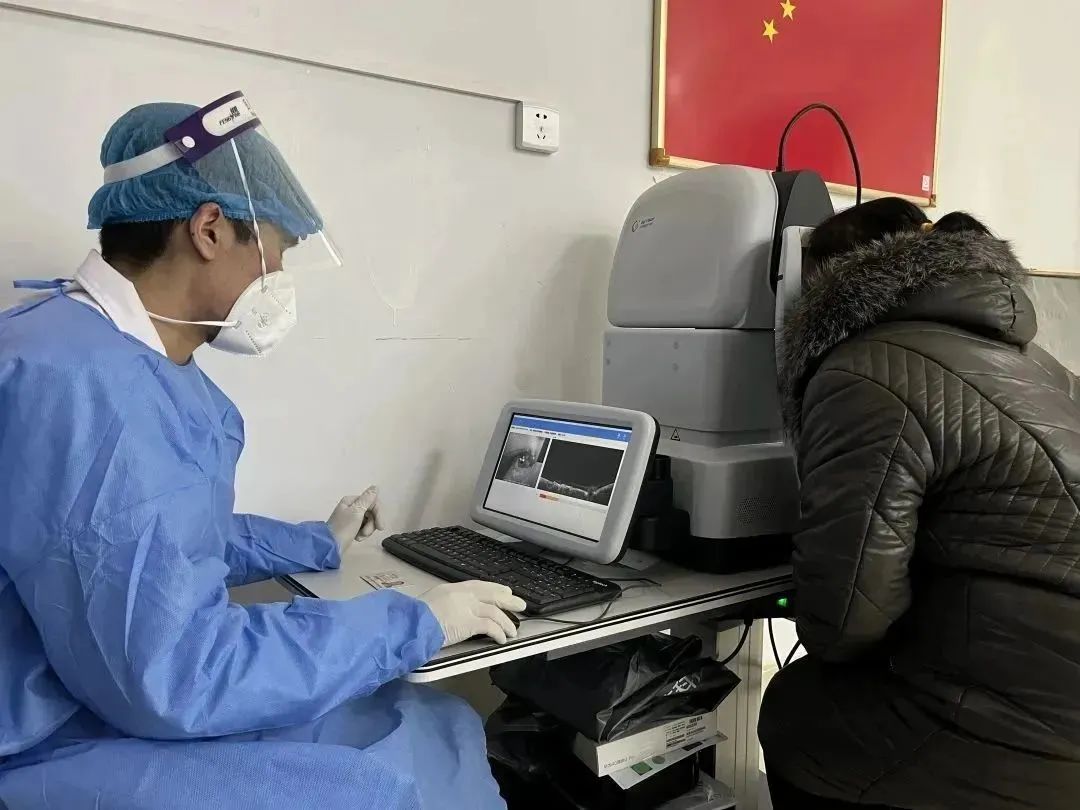
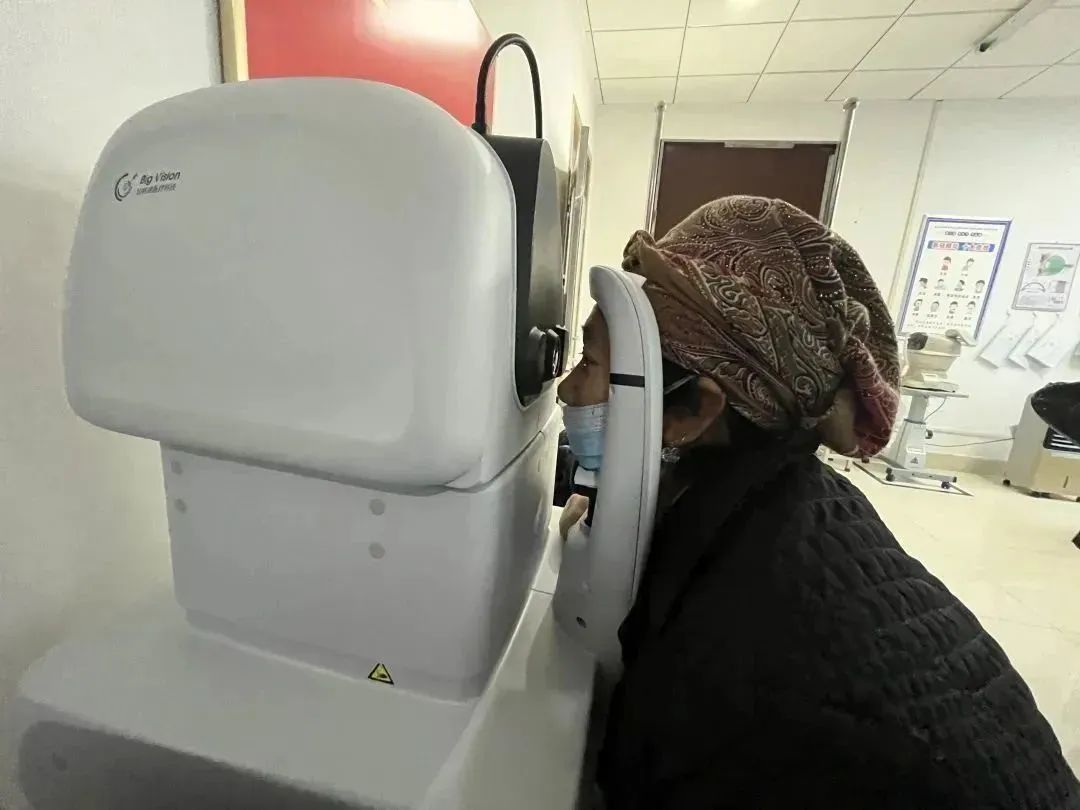
After being installed in the people’s hospital of Bachu County, Big Vision’s AI OCT BV1000 has shown good clinical application effects and has received full recognition from hospital doctors and the local health commission. A 73-year-old Uyghur grandmother had been experiencing discomfort in her eyes and was found to have several illnesses, such as macular hole, cystoid macular edema, and subretinal fluid, through an AI OCT examination. After a consultation with a team of experts from Shanghai North District Hospital, the best diagnosis and treatment plan was developed for the patient. In the past, such patients had to go to a few tertiary hospitals in Kashgar to undergo OCT examinations, but often delayed their treatment due to transportation inconveniences. Liu Deng, a member of the tenth batch of aid to Xinjiang by Shanghai talent, deputy director of the Bachu County Health Commission, and deputy dean of the county people’s hospital, said that “the cultivation of medical talents cannot be achieved overnight. In the face of the shortage of medical talents in southern Xinjiang, the landing and use of AI-assisted diagnostic equipment will benefit more local people and have very important practical significance.”
“Discovering every problematic eye early and providing the best treatment plan” is the original aspiration that Big Vision adheres to. The company has been advancing in the road of advanced AI-assisted diagnosis and treatment for grassroots ophthalmology, leaving more footprints on the vast land of China with its independently developed AI smart devices. It serves the eye health of the nation and safeguards the bright future of the people.

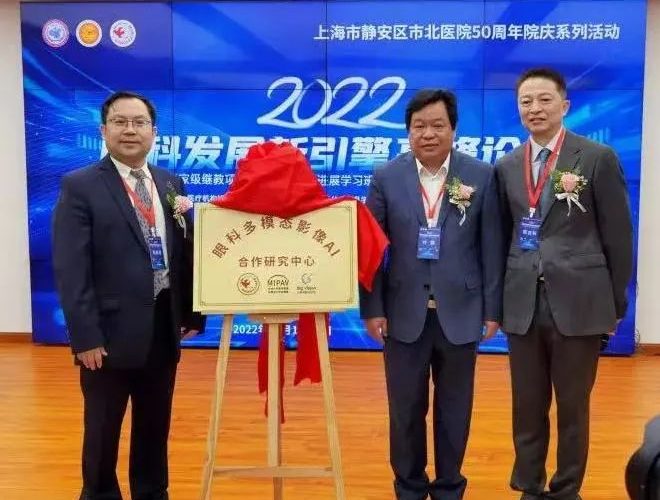
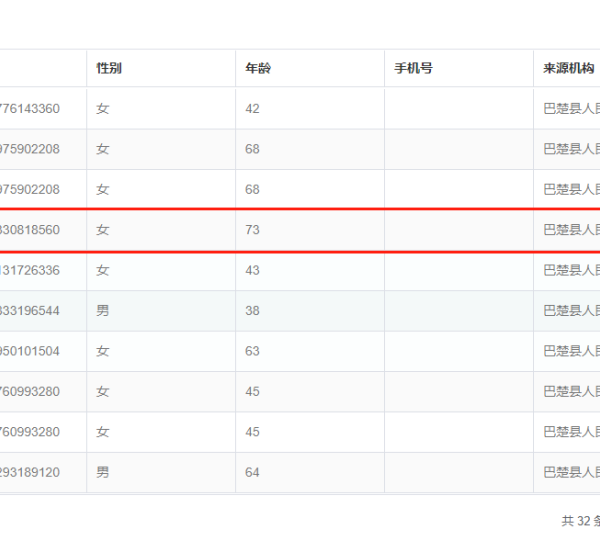
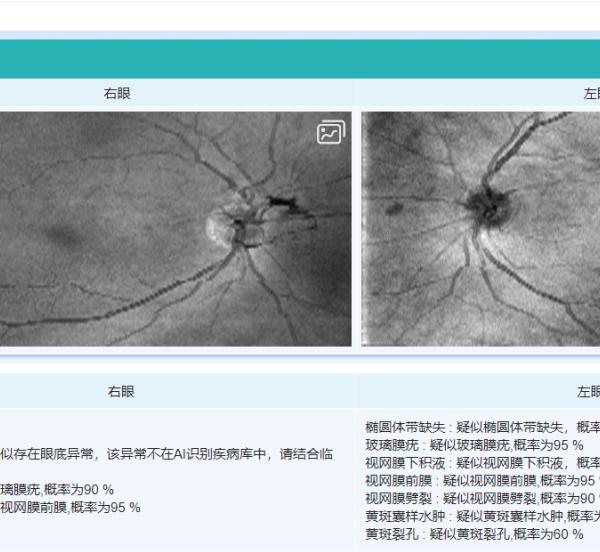
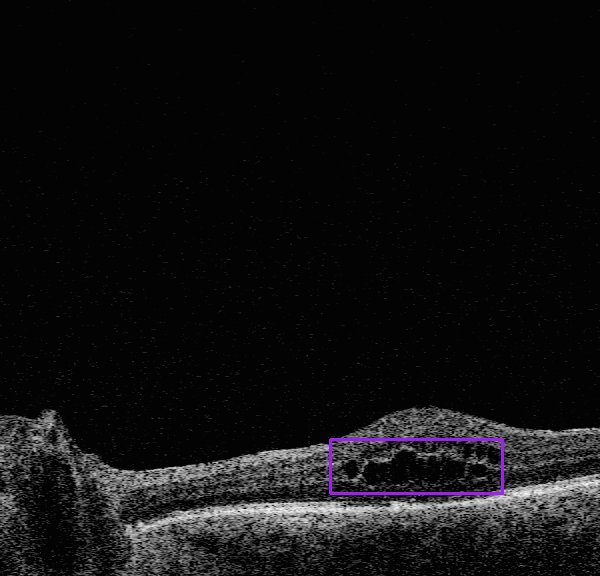
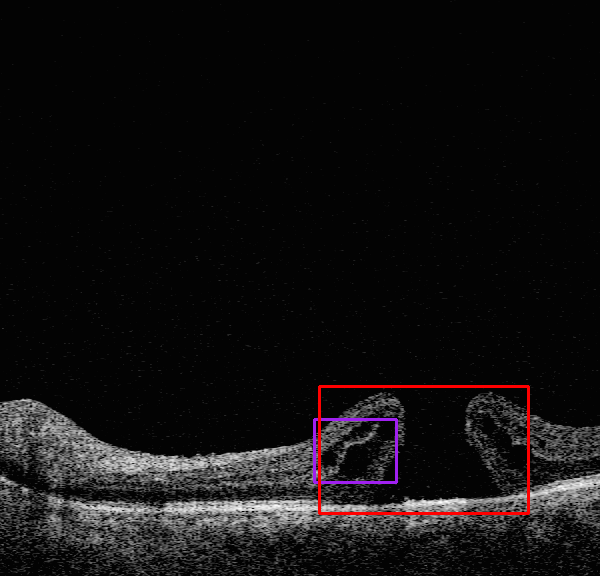


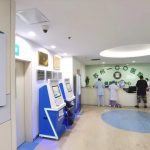




No comments yet.